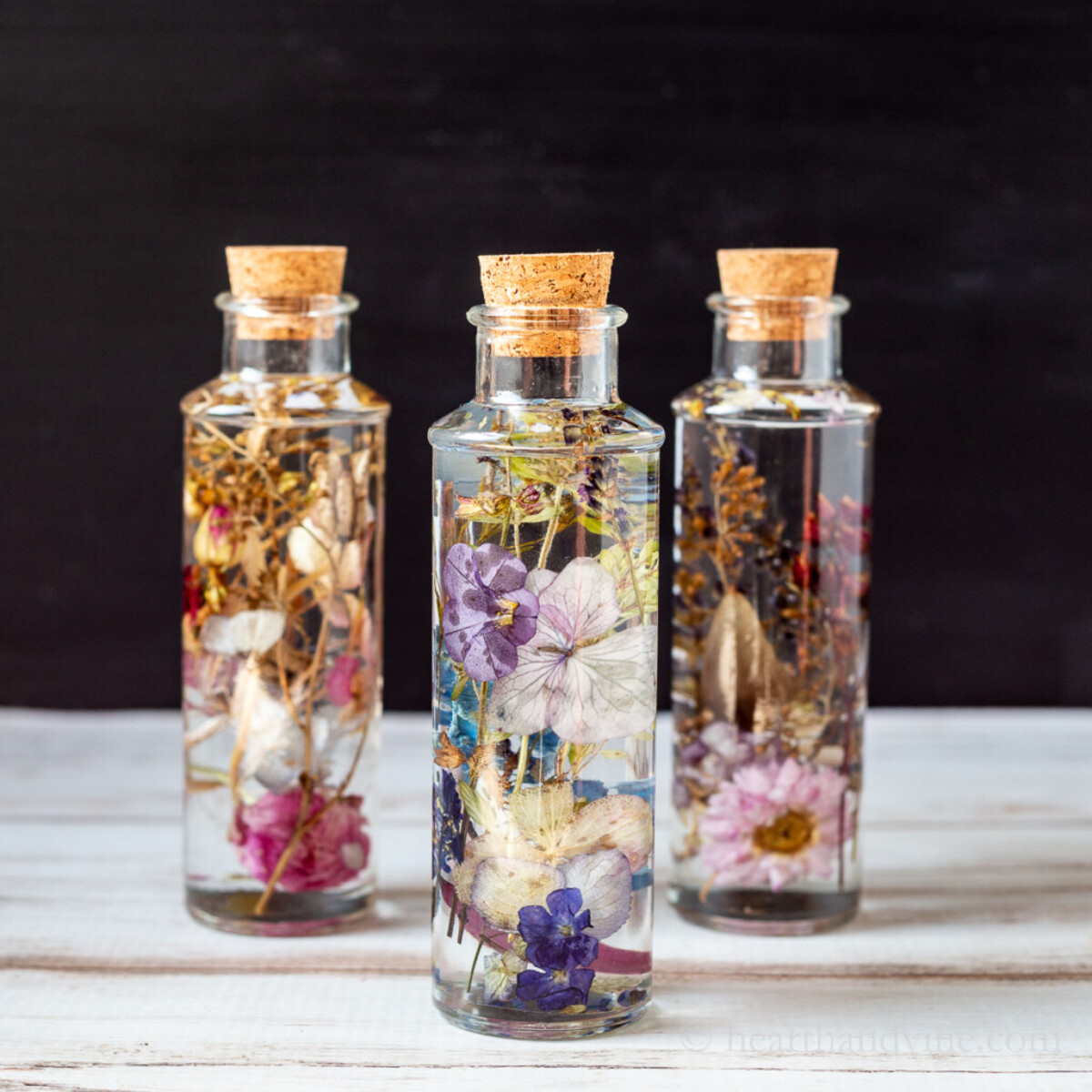

Articles
How To Store Dry Flowers
Modified: January 5, 2024
Learn how to store dry flowers in this informative article. Discover the best methods and tips for preserving the beauty of your favorite blossoms.
(Many of the links in this article redirect to a specific reviewed product. Your purchase of these products through affiliate links helps to generate commission for Storables.com, at no extra cost. Learn more)
Introduction
Flowers are not only beautiful when they are fresh, but they can also bring joy and charm when preserved as dried flowers. Whether you want to preserve a bouquet from a special occasion or you have a garden full of blooms you want to keep for longer, knowing how to store dry flowers properly is essential. This article will guide you through different methods of preserving and storing dried flowers, so you can enjoy their beauty for months or even years to come.
Preserving flowers is not a new concept; in fact, it dates back centuries. In the past, people used various methods like hanging flowers upside down to dry or pressing them between the pages of a book. Nowadays, there are more advanced techniques available, such as using silica gel or freezing the flowers. Each method has its own pros and cons, and the choice depends on the type of flower, personal preference, and desired outcome.
Before we dive into the different storage methods, it’s important to consider the type and condition of the flowers you wish to preserve. Not all flowers dry well, and some may lose their color or shape during the drying process. It’s best to choose flowers that are fully open but not yet starting to wilt. Flowers with thick petals, such as roses or zinnias, tend to retain their shape better when dried, while delicate flowers like daisies or lavender may lose their petals more easily.
Now, let’s explore the various methods you can use to store dry flowers and keep their beauty intact.
Key Takeaways:
- Preserve the fleeting beauty of flowers by choosing the right method for storing dry flowers, whether it’s air drying, silica gel drying, pressing, or freezing, and follow preservation tips to maintain their charm for years to come.
- Embrace the art of preserving dry flowers to create stunning floral arrangements, decorative pieces, or artful displays that bring a touch of nature’s elegance into your home, and enjoy the enchantment of their everlasting beauty.
Read more: How To Store Dried Hibiscus Flowers
Choosing the Right Method
When it comes to storing dry flowers, there is no one-size-fits-all approach. Different methods yield different results, so it’s crucial to choose the right method based on your preferences and the types of flowers you want to preserve.
One of the simplest and most common methods is air drying. This traditional technique involves hanging the flowers upside down in a well-ventilated area, such as a closet or a dry basement. Air drying works well for flowers with sturdy stems and petals, like lavender, roses, or statice. However, it may not be suitable for fragile or flat flowers that easily lose their color and shape during the drying process.
If you want to preserve the flowers’ natural color and shape, silica gel drying is a great option. Silica gel is a desiccant that removes moisture from the surrounding environment, allowing flowers to dry quickly and maintain their original appearance. This method is particularly useful for delicate flowers, such as orchids, lilies, or daisies. Simply place the flowers in a container filled with silica gel, ensuring that the petals are not touching each other. Leave them for a few days or until completely dry, and then carefully remove them from the gel.
Another popular method for preserving flowers is pressing them. Pressing flowers involves placing them between sheets of absorbent paper and using pressure to flatten them. This method is ideal for flowers with thin petals, like violets, pansies, or dandelions. To press flowers, arrange them between paper layers, making sure they are not overlapping. Place heavy books or objects on top, and leave them to dry for a few weeks. Once they are fully pressed and dried, you can store them in a photo album or frame them for display.
Freezing flowers is a unique method that can be used to preserve their natural color and shape. This technique works best for flowers with a high water content, such as hydrangeas, delphiniums, or snapdragons. To freeze flowers, prepare a container with a tight-fitting lid and fill it with silica gel or dry rice. Arrange the flowers inside the container, making sure they are not touching each other or the sides. Seal the container tightly and place it in the freezer for a few weeks. Once frozen, remove the flowers and gently brush off any excess gel or rice before displaying them.
Each method has its own advantages and considerations, so it’s important to evaluate your flowers and choose the most suitable preservation method for optimal results. With the right method chosen, you can now begin the process of preserving and storing your flowers to enjoy their beauty for months to come.
Air Drying
Air drying is one of the oldest and simplest methods for preserving flowers. It involves hanging the flowers upside down in a well-ventilated area to allow them to dry naturally. This method works well for flowers with sturdy stems and petals that can retain their shape during the drying process.
To air dry flowers, start by gathering the flowers you wish to preserve. Choose flowers that are fully open but not yet wilting. Remove any excess leaves or thorns from the stems, as they can hinder the drying process. It’s also a good idea to trim the stems slightly to ensure they fit comfortably in your chosen drying area.
Next, group the flowers into small bunches, tying their stems together with a string or rubber band. Make sure not to overcrowd the bunches, as this can prevent adequate air circulation and lead to mold or rot. Hang each bunch upside down from a hook or a clothesline in a well-ventilated room. Ideally, the drying area should be dark to help preserve the flowers’ color.
Patience is key when air drying flowers, as the process can take anywhere from a few days to a few weeks, depending on the type of flowers and environmental conditions. Be sure to check on the flowers regularly to monitor their progress and remove any flowers that show signs of mold or decay.
Air drying works best for flowers with thick petals and sturdy stems, such as lavender, roses, or statice. These flowers are more likely to retain their color and shape throughout the drying process. Delicate and flat flowers, like daisies or pansies, may not fare as well with air drying, as they can easily lose their color and petals may become brittle.
Once the flowers are fully dry, remove them from the drying area and gently handle them. You can display the dried flowers in a vase, create floral arrangements, or incorporate them into crafts and decor projects. To ensure long-term preservation, it is recommended to keep the dried flowers in a dry, cool place, away from direct sunlight.
Air drying is a simple and cost-effective method for preserving flowers. It allows you to enjoy the natural beauty of the flowers while retaining their shape and colors. Whether you’re preserving a special bouquet or drying flowers from your own garden, this method can be a great way to extend the lifespan of your blooms and create a lasting decorative element.
Silica Gel Drying
Silica gel drying is a popular method for preserving flowers, as it helps retain their natural color and shape. Silica gel is a desiccant that absorbs moisture from the surrounding environment, allowing the flowers to dry quickly and effectively.
To begin the silica gel drying process, you’ll need a container with a tight-fitting lid, silica gel (which can be purchased at craft stores or online), and the flowers you wish to preserve. Start by preparing the container by filling it with a layer of silica gel about an inch deep.
Take the flowers you want to dry and gently remove any excess leaves or thorns from their stems. It’s important to handle the flowers delicately to avoid damaging the petals or breaking the stems. If the flowers have particularly thick stems, you can cut them down to a more manageable size.
Place the flowers in the container, making sure they are not touching each other or the sides of the container. The petals should be spread out as much as possible to allow for even drying. Carefully pour more silica gel around the flowers, ensuring that it covers them completely and fills any gaps between the petals.
Once the flowers are covered with silica gel, seal the container with the lid. This will help create a controlled environment for drying, as the silica gel will absorb moisture from the enclosed space. It’s important to note that the drying time will vary depending on the size and moisture content of the flowers.
Leave the container undisturbed for a few days to several weeks, depending on the type and thickness of the flowers. Check the flowers periodically to see if they are completely dry. You can gently touch the petals to check for dryness; they should feel crisp and papery to the touch.
Once the flowers are dry, carefully remove them from the container, being mindful of any loose silica gel. Use a soft brush or a fine-mesh sieve to gently brush off any remaining silica gel from the petals. Avoid using your fingers to prevent any smudging or damage to the dried flowers.
Now that the flowers are completely dry and free of silica gel, you can display them in various ways. Create floral arrangements, frame them, or incorporate them into crafts and DIY projects. These dried flowers will retain their vibrant colors and natural shape, adding a touch of beauty to your home or special occasions.
When storing silica gel-dried flowers, it’s important to keep them in a dry, cool place to prevent any moisture from reabsorbing. Airtight containers or ziplock bags with silica gel packets can help maintain the dryness of the flowers over time.
Silica gel drying is an efficient and effective method for preserving flowers. It allows the flowers to retain their original colors and shapes while speeding up the drying process. Whether you want to preserve a special bouquet or save blooms from your garden, this method can help you create long-lasting floral keepsakes.
Store dry flowers in a cool, dry place away from direct sunlight to prevent fading and deterioration. Consider using airtight containers or wrapping them in tissue paper to protect them from dust and moisture.
Pressing Flowers
Pressing flowers is a classic and artistic method of preserving their natural beauty. This technique involves flattening flowers between absorbent materials, such as blotting paper or pages of a heavy book, to remove moisture and create dried, flattened blooms.
To begin the pressing process, gather the flowers you want to preserve. Select flowers that are fully open, but not yet wilting. Avoid flowers with very thick or juicy stems, as they may not dry well with this method.
Before pressing the flowers, prepare your materials. Start by placing a sheet of absorbent paper, such as blotting paper or parchment paper, on a flat surface. Alternatively, you can use the pages of a heavy book. It’s a good idea to protect the pages of the book with wax paper to prevent any moisture transfer or staining.
Carefully arrange the flowers on the paper, making sure they are spaced apart and not overlapping. If the flowers have long stems, you can trim them to fit the size of the pressing materials. For larger flowers, consider removing some petals to make them flatter and easier to press.
Once the flowers are arranged, cover them with another sheet of absorbent paper or close the book if using that method. You can add additional weight on top of the book, such as more books or a heavy object, to help apply even pressure to the flowers. This pressure will help flatten and dry them more efficiently.
Leave the flowers pressed for about 2 to 4 weeks to allow them to fully dry. During this time, check on the progress periodically by gently opening the pressing materials. If the flowers still feel damp, change the absorbent paper to prevent mold or mildew from forming. It’s important to be patient and avoid rushing the drying process, as this can compromise the final results.
Once the flowers are completely dry, carefully remove them from the pressing materials. Handle them with care, as they can become fragile during the pressing process. You can use tweezers or a small, soft brush to help lift the flowers off the paper without damaging their delicate petals.
Pressed flowers can be utilized in many creative ways. They can be framed and displayed as artwork or used in card making, scrapbooking, and other craft projects. To preserve their colors and prevent fading, it’s important to keep pressed flowers away from direct sunlight and in a cool, dry place.
Pressing flowers offers a unique and charming way to preserve their beauty. It not only keeps the flowers intact, but also showcases their intricate details and colors in an artistic way. So, consider trying this traditional preservation method and create stunning floral keepsakes that will be cherished for years to come.
Read more: How To Store Dried Flower Petals
Freezing Flowers
Freezing flowers is an unconventional but effective method for preserving their natural color and shape. By freezing the flowers, you can maintain their vibrant hues and delicate petals, creating a unique and long-lasting floral display.
Before freezing the flowers, it is important to choose blooms that have a high water content, such as hydrangeas, delphiniums, or snapdragons. These types of flowers tend to freeze well and retain their beauty when thawed.
To begin the freezing process, start by preparing the flowers. Remove any excess leaves or thorns from the stems, as they can affect the overall appearance of the frozen flowers. If the flowers have long stems, you can trim them down to a suitable length for storage.
Next, prepare a container with a tight-fitting lid. Silica gel or dry rice can be used to help absorb moisture during the freezing process. Fill the container with a layer of silica gel or dry rice to create a bed for the flowers.
Arrange the flowers in the container, making sure they are not touching each other or the sides of the container. You can position the flowers upright or lay them flat, depending on your preference and the type of flower. Carefully pour more silica gel or dry rice over the flowers, ensuring that they are completely surrounded and covered.
Seal the container tightly with the lid and place it in the freezer. The flowers should remain in the freezer for a few weeks to allow them to freeze completely. Freezing the flowers helps to preserve their colors and structure, as it slows down the aging process and maintains their freshness.
When it’s time to thaw the frozen flowers, remove the container from the freezer and let it sit at room temperature for a few hours. As the flowers thaw, the moisture trapped in the silica gel or dry rice will be released. Gently remove the flowers from the container, being careful not to damage their delicate petals.
After thawing, you may notice that the flowers are slightly wilted or softened. This is normal and can be remedied by placing them in water for a short period of time. Allow the flowers to hydrate for a few hours before arranging them in a vase or using them in floral designs.
Freezing flowers offers a unique and visually appealing way to preserve their beauty. Whether you want to showcase a special bouquet or capture the essence of your garden blooms, freezing them can create stunning and long-lasting floral arrangements.
It’s important to keep in mind that not all flowers freeze well, as some may lose their integrity or experience discoloration. It’s best to experiment with different flower types and observe how they respond to freezing before committing to a larger project.
By following the proper freezing and thawing techniques, you can enjoy the beauty of your frozen flowers for an extended period of time. So, go ahead and freeze those blooms to create a unique and captivating display that will be admired for years to come.
Preservation Tips
Preserving dry flowers requires proper care and maintenance to ensure their long-lasting beauty. By following these preservation tips, you can prolong the lifespan of your dried blooms and enjoy their charm for an extended period of time.
1. Handle with Care: Dried flowers are delicate, so it’s important to handle them with gentle hands. Avoid touching them unnecessarily, as this can lead to breakage or damage. Use tweezers or a soft brush when needed to manipulate the flowers without causing harm.
2. Avoid Moisture: Moisture is the enemy of dry flowers, as it can cause them to rehydrate and lose their shape or color. Keep your dried flowers away from humid areas, bathrooms, or areas prone to moisture. A dry environment will help preserve their delicate state.
3. Protect from Sunlight: Direct sunlight can cause the colors of dried flowers to fade and petals to become brittle. Display your dried flowers in a location away from direct sunlight or use UV-protected glass when framing them to minimize the effects of light exposure.
4. Dust Regularly: Over time, dust can accumulate on the surface of dried flowers, dulling their appearance. To keep them looking fresh, gently dust the flowers using a soft brush or a hairdryer on a cool setting. Be careful not to exert too much pressure to avoid damaging the delicate petals.
5. Store in a Dry Place: When not on display, store your dried flowers in a dry and cool place. Airtight containers or ziplock bags can help maintain the dryness of the flowers and protect them from dust and humidity. Add a silica gel packet to absorb any lingering moisture.
6. Avoid Touching with Bare Hands: Oils and acids from our hands can transfer to dried flowers and discolor them over time. To prevent this, avoid touching the petals directly with your bare hands. If necessary, wear gloves or use tweezers to handle the flowers delicately.
7. Be Mindful of Fragile Flowers: Some flowers are more delicate than others and may require extra care. If you’re working with fragile flowers, such as daisies or baby’s breath, handle them with utmost care to avoid damages or breakage.
8. Refresh with Essential Oils: Over time, the scent of dried flowers may fade. You can refresh their fragrance by adding a few drops of essential oil to a cotton ball or piece of fabric and placing it near the dried flowers. This will help restore their natural aroma.
9. Avoid Excessive Handling: While it’s understandable to want to admire and show off your dried flowers, excessive handling can increase the risk of damage. Minimize unnecessary touching and movement of the flowers to ensure their preservation.
10. Monitor for Pests: Occasionally check your dried flowers for signs of pests, such as moths or beetles. These insects can damage or devour the dried petals. If you notice any signs of infestation, take appropriate measures to eliminate the pests.
By following these preservation tips, you can extend the lifespan of your dried flowers and maintain their beauty for an extended period. With proper care and storage, your dried blooms will continue to bring joy and add a touch of nature to your space.
Conclusion
Preserving dry flowers allows us to capture their ephemeral beauty and cherish it for years to come. Whether you choose to air dry, use silica gel, press, or freeze your flowers, each method offers a unique way to maintain their color, shape, and essence.
Through air drying, you can harness the traditional method of hanging flowers upside down to naturally dry them. This technique works well for sturdy flowers with thick petals, maintaining their vibrant hues and delightful shapes.
Silica gel drying provides a more controlled environment that ensures the preservation of delicate flowers, allowing them to maintain their original color and shape. By using the desiccant properties of silica gel, this method accelerates the drying process while preserving the flowers’ delicate features.
Pressing flowers not only flattens and dries them, but also transforms them into beautiful botanical keepsakes. This method is particularly suitable for flowers with thin petals, resulting in stunning pressed flowers that can be used in various artistic projects.
Freezing flowers offers an unconventional yet effective way to preserve their natural colors and delicate structures. By freezing the flowers, their vibrancy is maintained, resulting in stunning displays that capture the essence of the fresh blooms.
Remember to use preservation tips to ensure the longevity of your dried flowers. Handle the delicate petals with care, protect them from moisture and sunlight, regularly dust them, and store them in a dry place. These simple practices will help keep your dried flowers looking beautiful for years to come.
Whether you’re preserving a sentimental bouquet from a special occasion or prolonging the life of garden blossoms, the art of storing dry flowers allows us to cherish the fleeting beauty of nature. By choosing the right method and following proper preservation techniques, you can create stunning floral arrangements, decorative pieces, or artful displays that bring a touch of nature’s elegance into your home.
So, embrace the art of preserving dry flowers and enjoy the enchantment of their everlasting beauty.
Frequently Asked Questions about How To Store Dry Flowers
Was this page helpful?
At Storables.com, we guarantee accurate and reliable information. Our content, validated by Expert Board Contributors, is crafted following stringent Editorial Policies. We're committed to providing you with well-researched, expert-backed insights for all your informational needs.

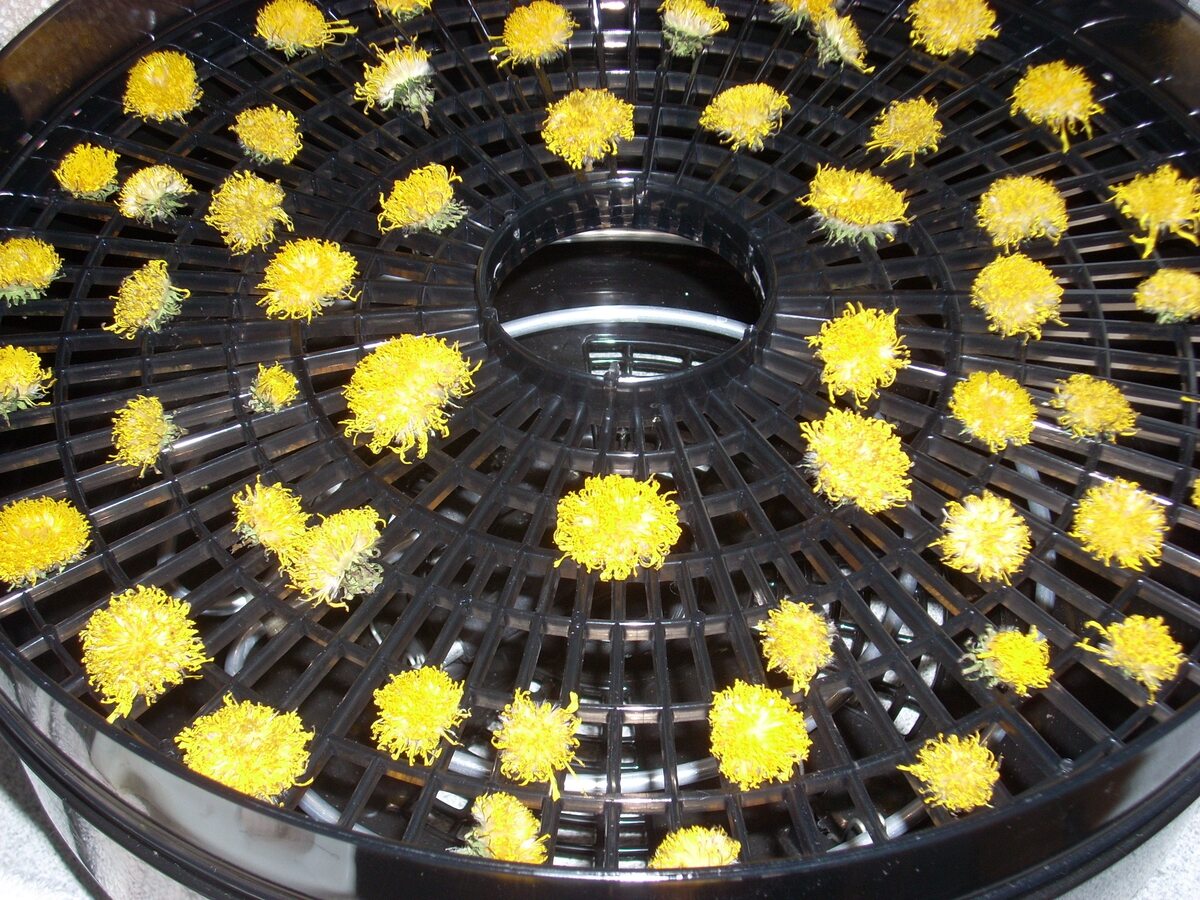
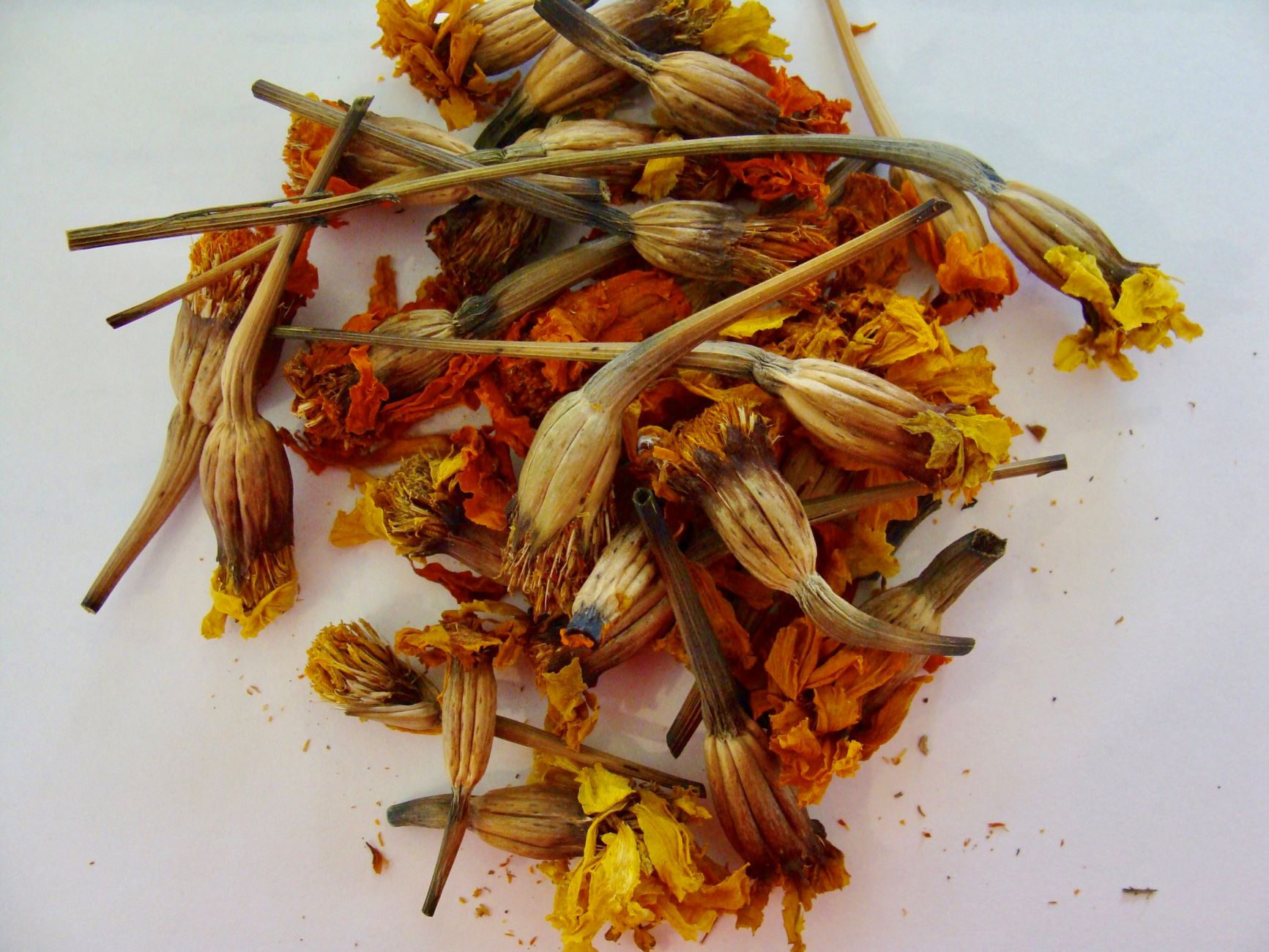
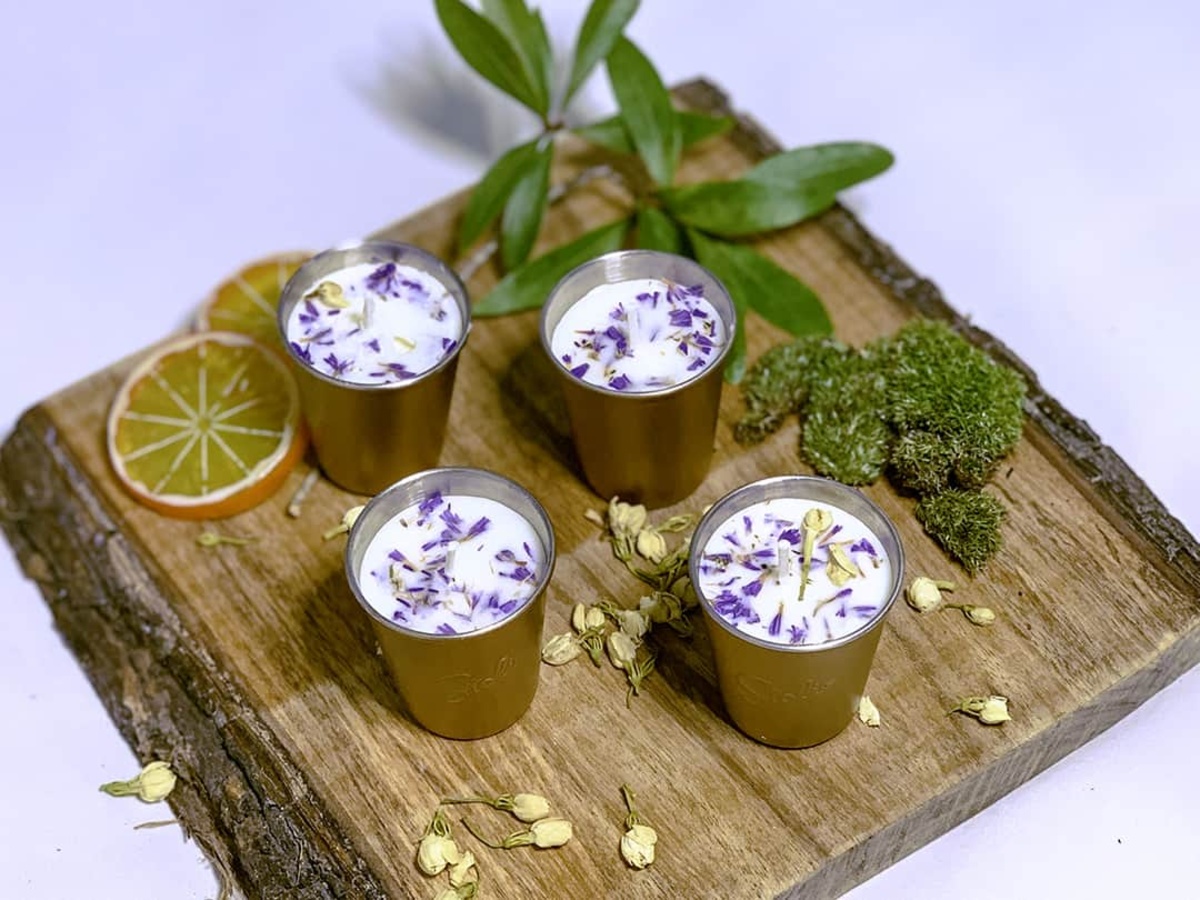
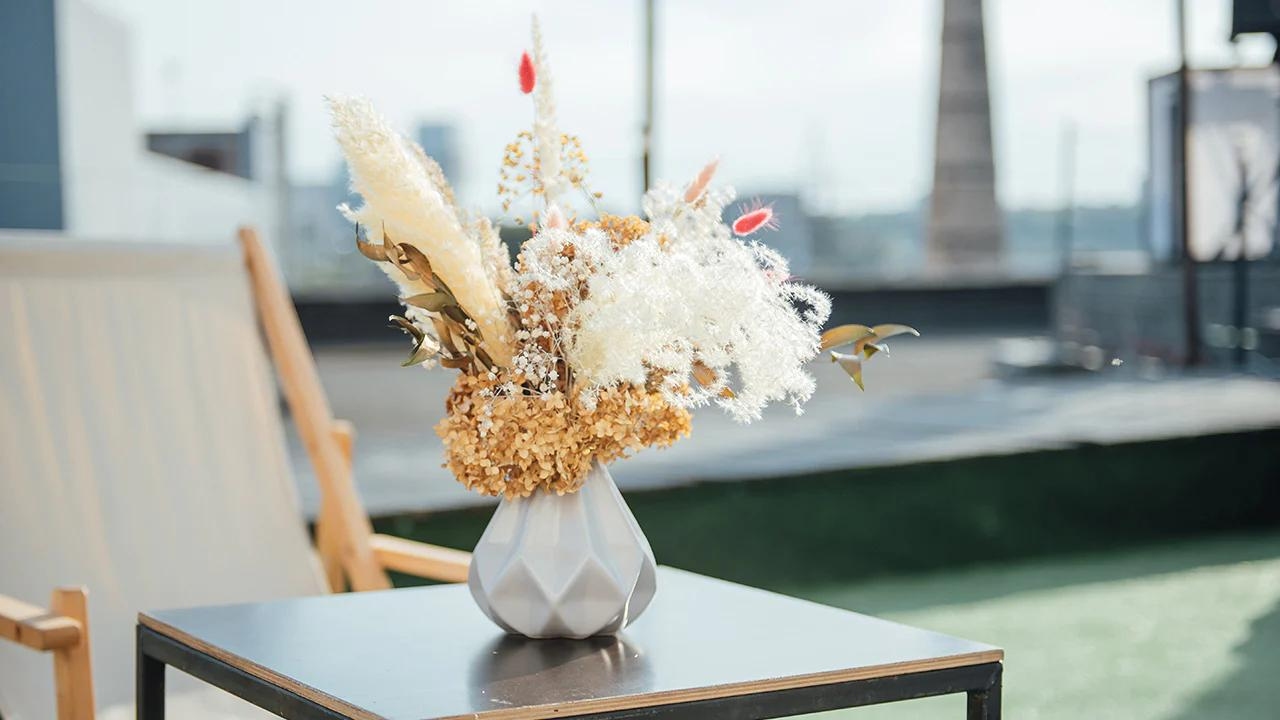


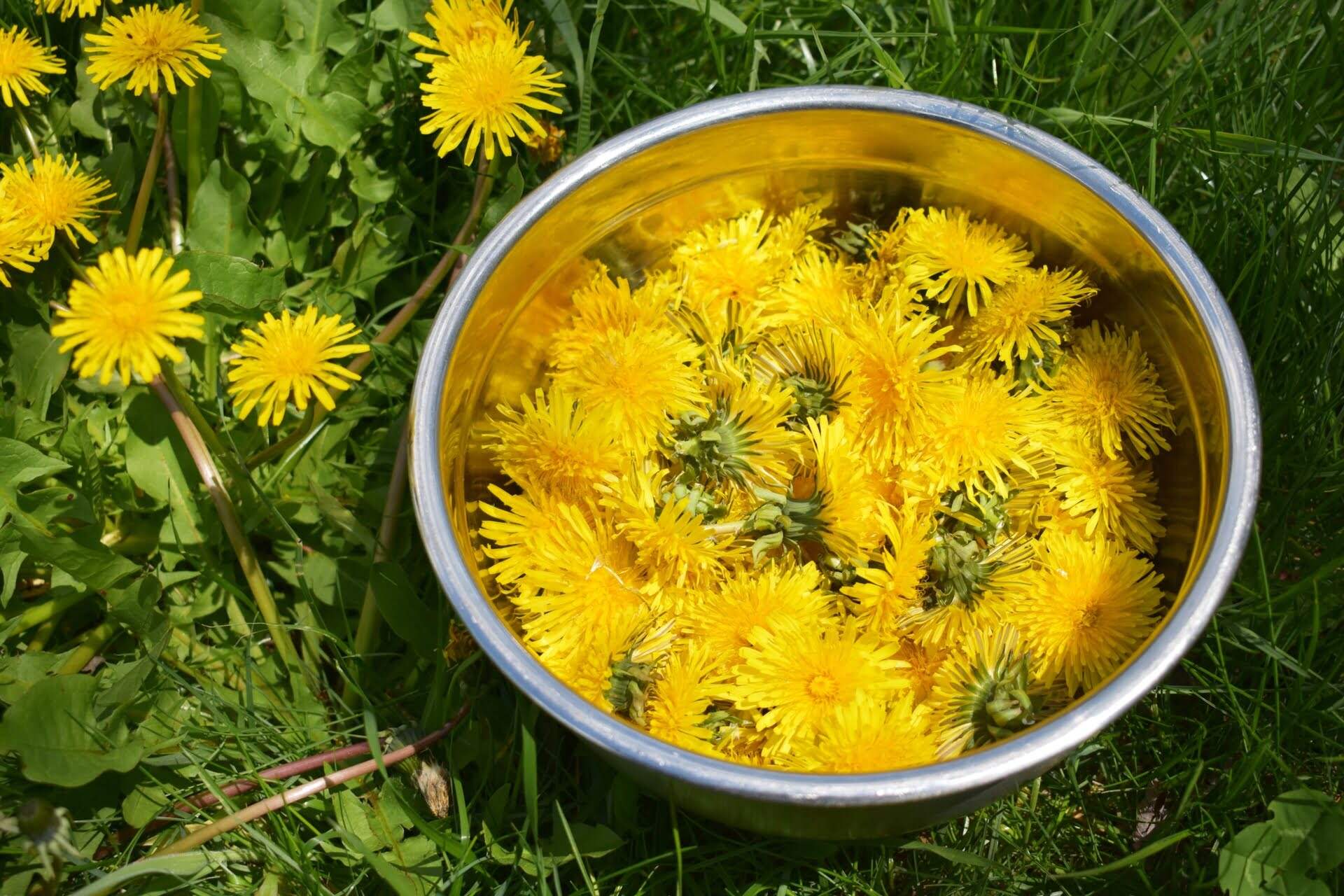
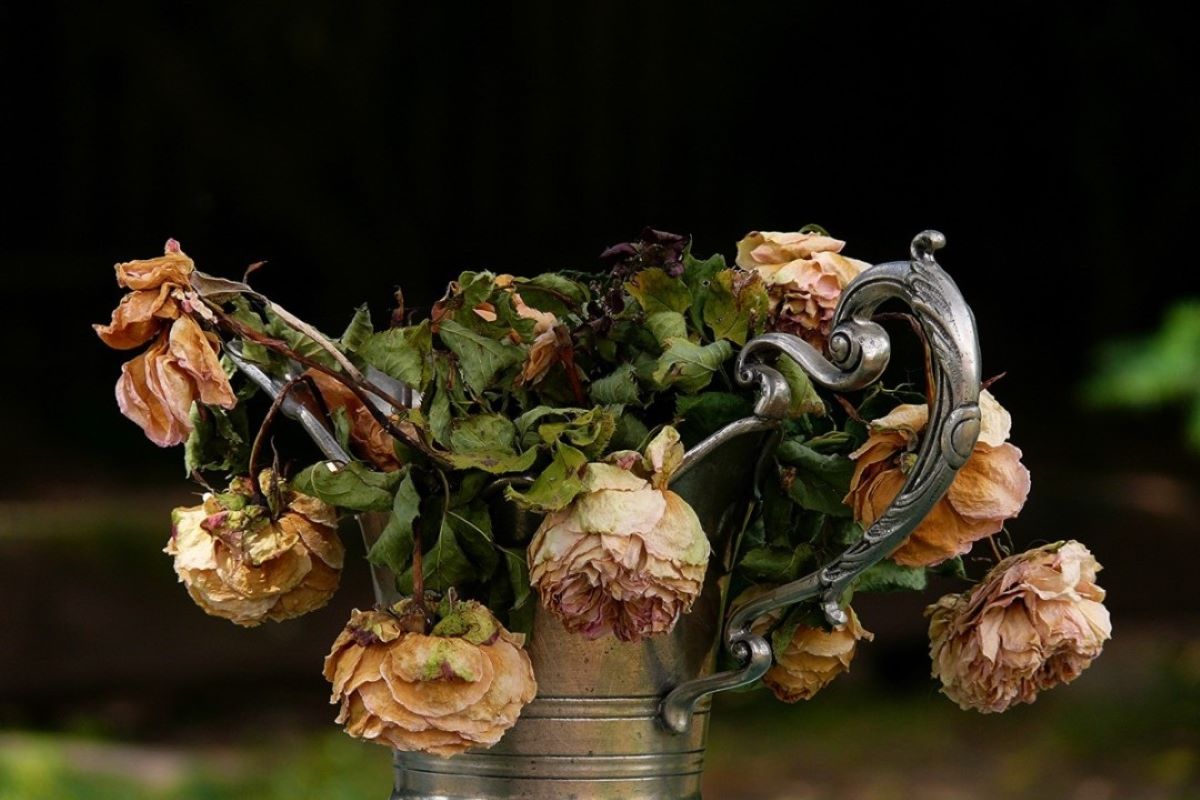

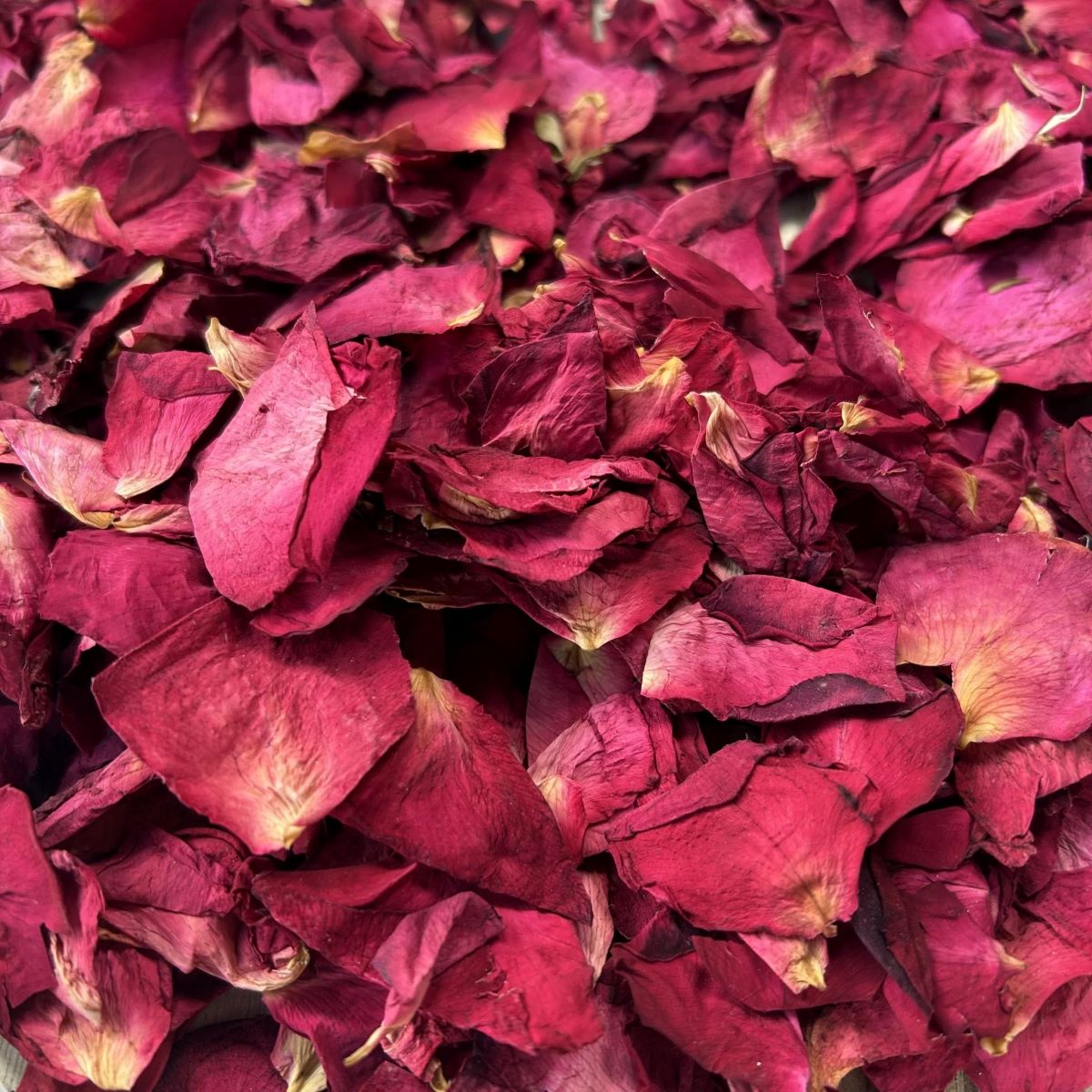
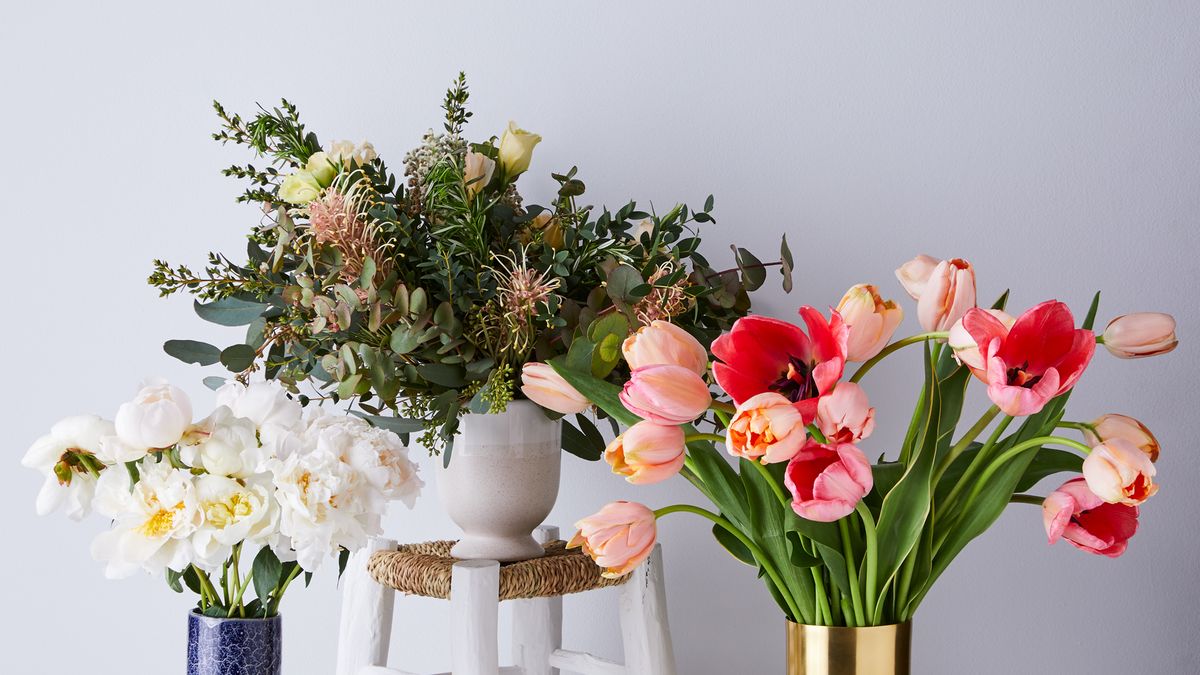
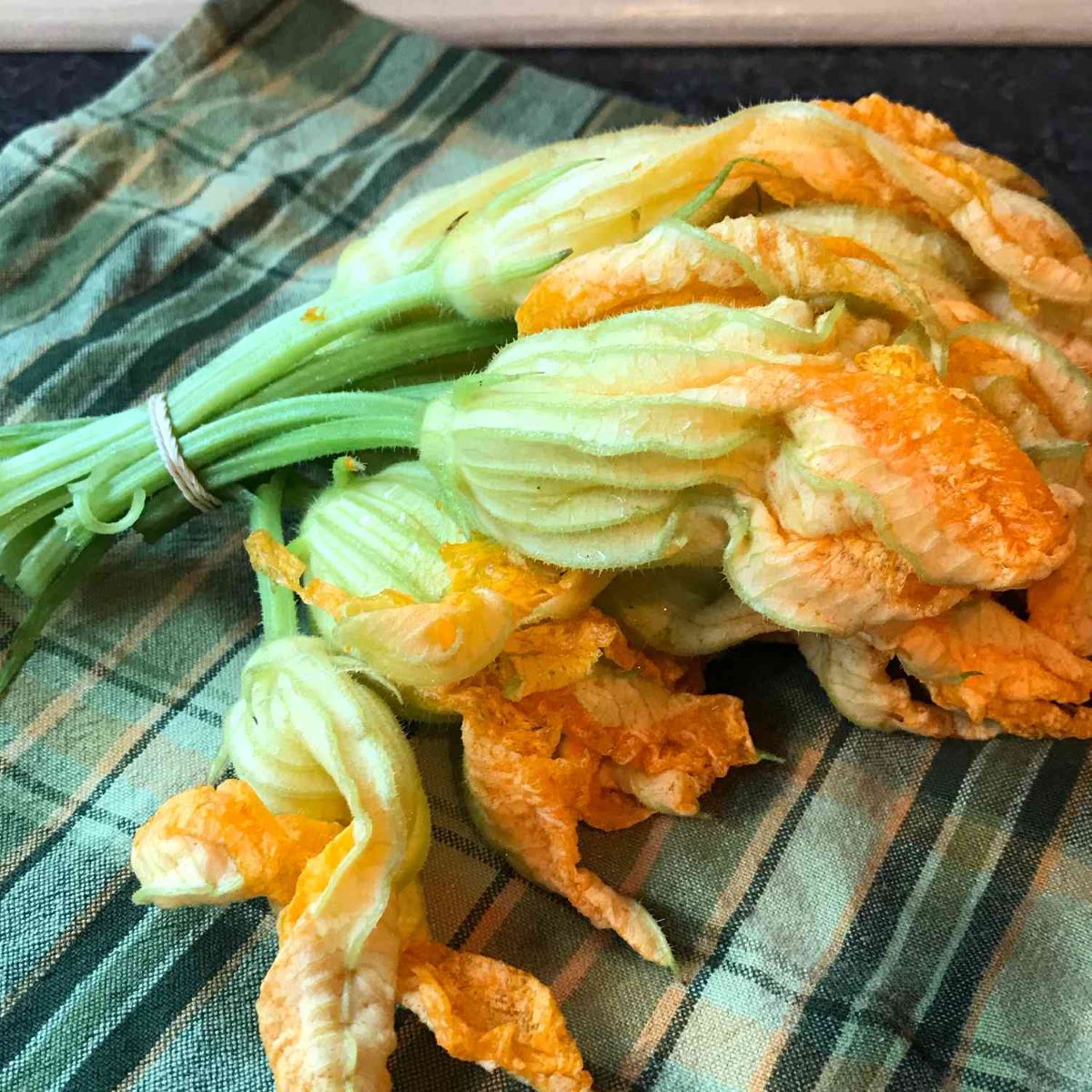
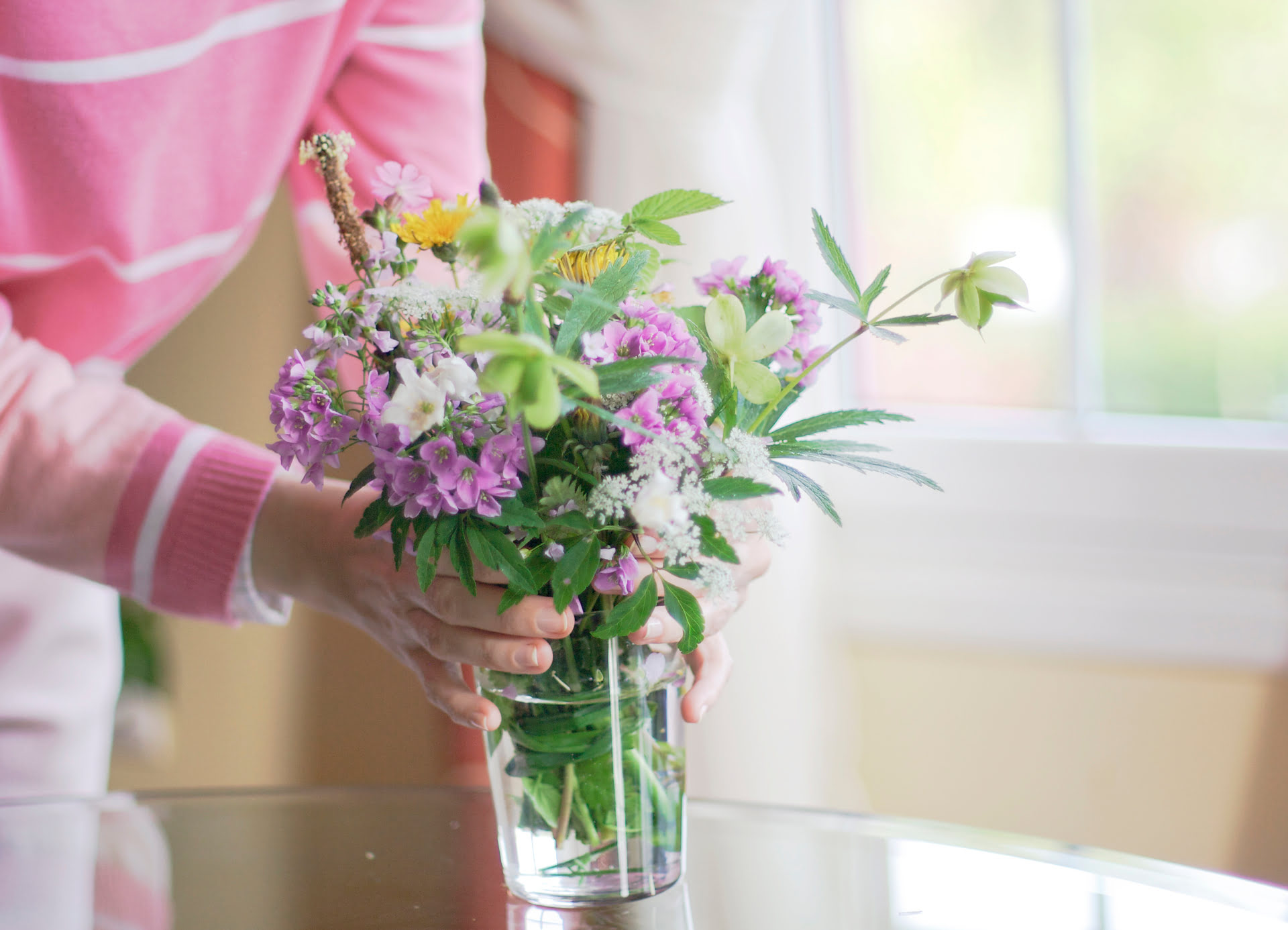

0 thoughts on “How To Store Dry Flowers”